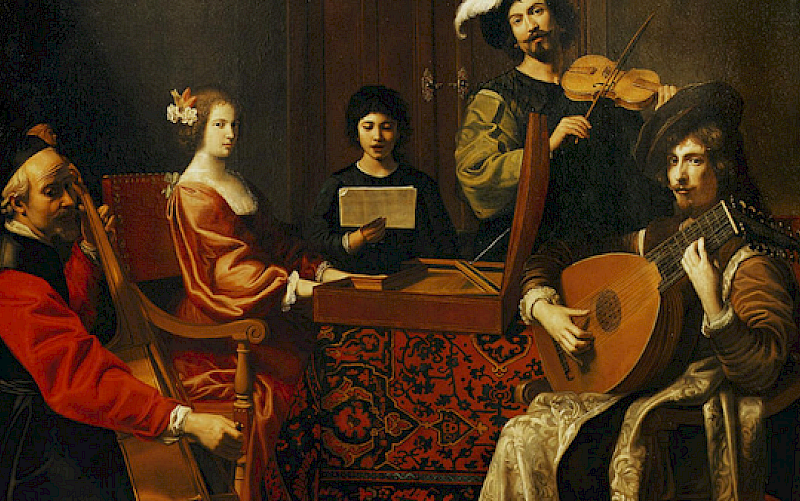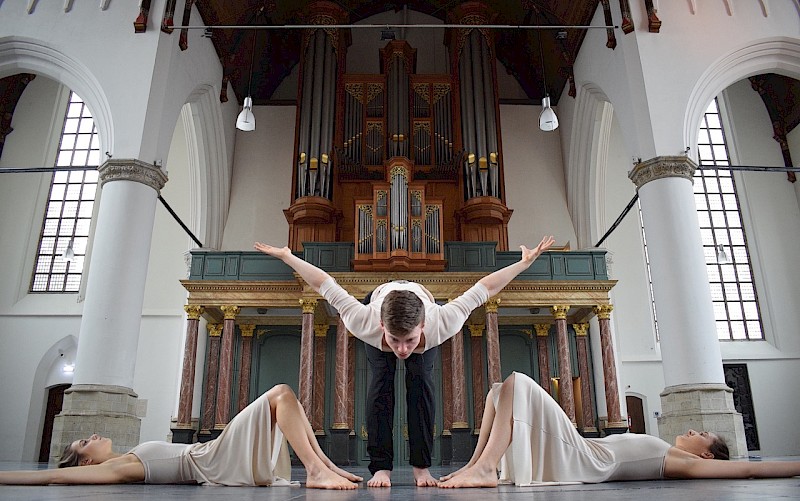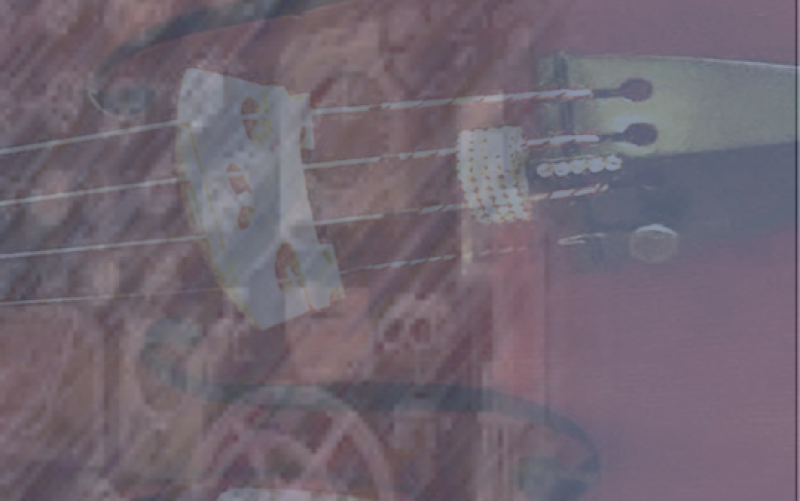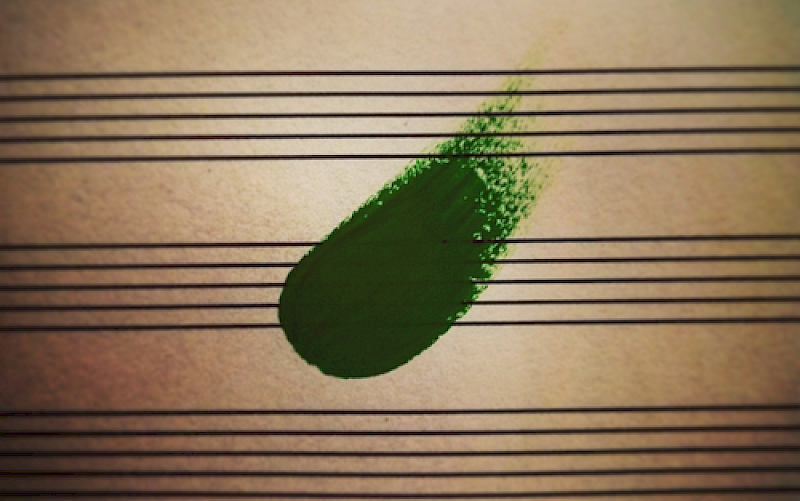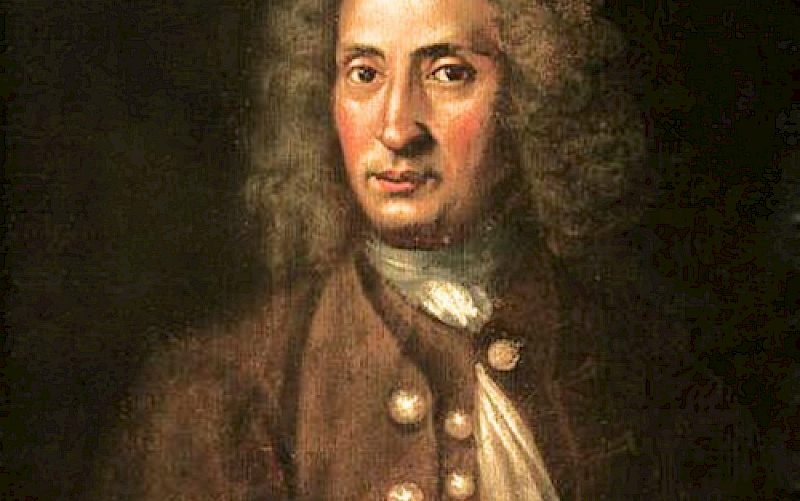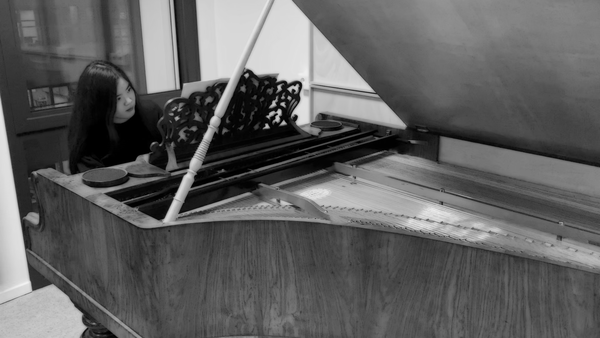
Between Performance and Notation: How did Carl Reinecke understand Mozart’s piano concerto No.26 K.537?
Carl Reinecke (1824-1910) was a German composer, pianist, conductor of the Leipzig Gewandhaus Orchestra, and professor at the Leipzig Conservatory. His piano performances were admired by Felix Mendelssohn, Robert Schumann and Franz Liszt, and he was reputed as "the greatest and most sincere Mozart player of his time."However, you may be surprised on listening for the first time to his performances preserved on piano rolls, since there is noticeable use of expressive practices such as manual asynchrony, unnotated arpeggiation, and rubato (flexibility of rhythm and tempo), which is quite far from the kind of performance style that is considered good today. This research clarifies the features of the performance practices audible in early piano rolls, such as those by Reinecke. It focuses on how he arranged and notated the Larghetto from Mozart's Piano Concerto No.26 K.537 for piano solo, how he performed it on piano roll (1905), and how he described the performance of the movement in his book Zur Wiederbelebung der Mozart'schen Clavier-Concerte (1891). The discrepancies between the three source materials give an insight into the implied performance practices of Reinecke’s time and his tacit knowledge. The research culminates with personal experimentation and reflection on how these performance practices can expand the freedom and possibilities of the author’s performances.
Author: Mako Kodama
